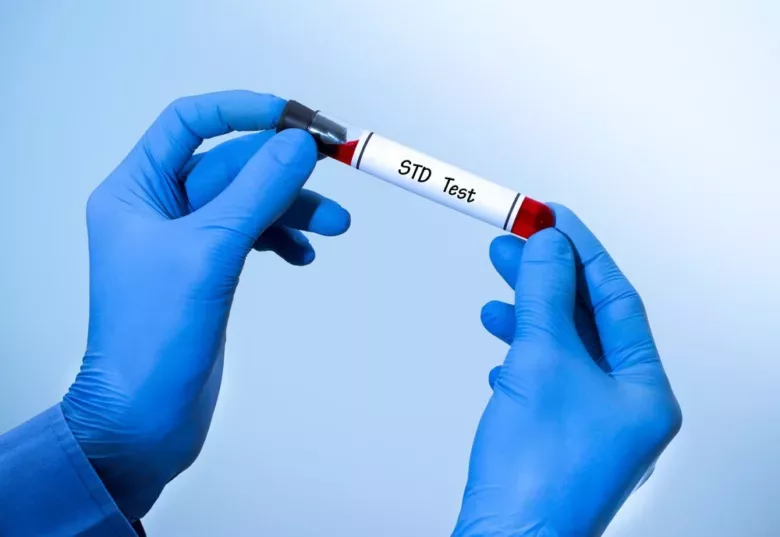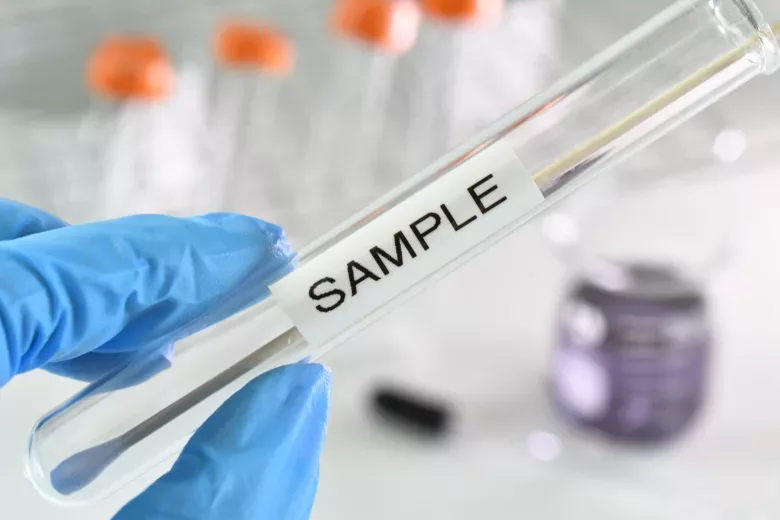The Crucial Shift: Relying on STD Testing Over Condoms for Safe Oral SexIn the realm of sexual health, the discourse often centers around condom usage as the ultimate safeguard against sexually transmitted infections (STIs). While condoms undeniably play a vital role, recent research sheds light on the limitations they pose, particularly concerning orally transmitted chlamydia and gonorrhea strains. Understanding this evolving landscape underscores the importance of prioritizing STD testing as a cornerstone of safe sexual practices.
Chlamydia and gonorrhea, commonly associated with genital infections, are increasingly being detected in the throat and mouth. Contrary to popular belief, these infections can be transmitted through oral sex, presenting a significant challenge to traditional safe sex practices. Condoms, although effective in reducing the risk of genital STIs, offer limited protection against oral transmission. As a result, individuals engaging in oral sex may unknowingly expose themselves to these infections, even when using condoms consistently.The emergence of orally transmitted chlamydia and gonorrhea strains underscores the need for a paradigm shift in sexual health strategies. Relying solely on condoms for protection overlooks the distinct transmission routes of these infections. Moreover, condom usage can create a false sense of security, leading individuals to forego regular STD testing.
STD testing, on the other hand, provides a comprehensive approach to sexual health. By detecting infections at their early stages, testing allows for timely treatment and prevents further transmission. Importantly, STD testing encompasses screening for both genital and oral infections, addressing the full spectrum of potential risks associated with sexual activity. Promoting the importance of STD testing fosters a culture of proactive sexual health management. Encouraging regular testing, regardless of condom usage, empowers individuals to take control of their well-being.
Moreover, it facilitates open communication between sexual partners, fostering trust and transparency in relationships. Emphasizing the role of STD testing does not diminish the importance of condom usage. Rather, it acknowledges the evolving landscape of STI transmission and the need for multifaceted prevention strategies. Incorporating both condom use and regular testing into sexual health practices offers a comprehensive approach to risk reduction. In conclusion, the emergence of orally transmitted chlamydia and gonorrhea strains underscores the limitations of relying solely on condoms for safe sex.
Embracing STD testing as a cornerstone of sexual health empowers individuals to proactively manage their well-being and mitigate the risks associated with STI transmission. By prioritizing testing alongside condom usage, we can collectively strive towards healthier, more informed sexual practices.


